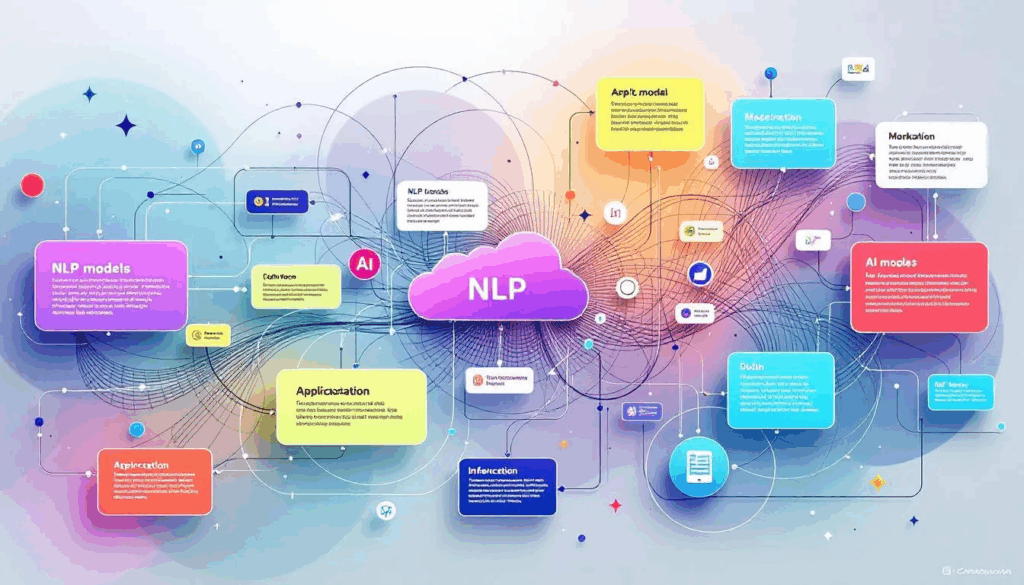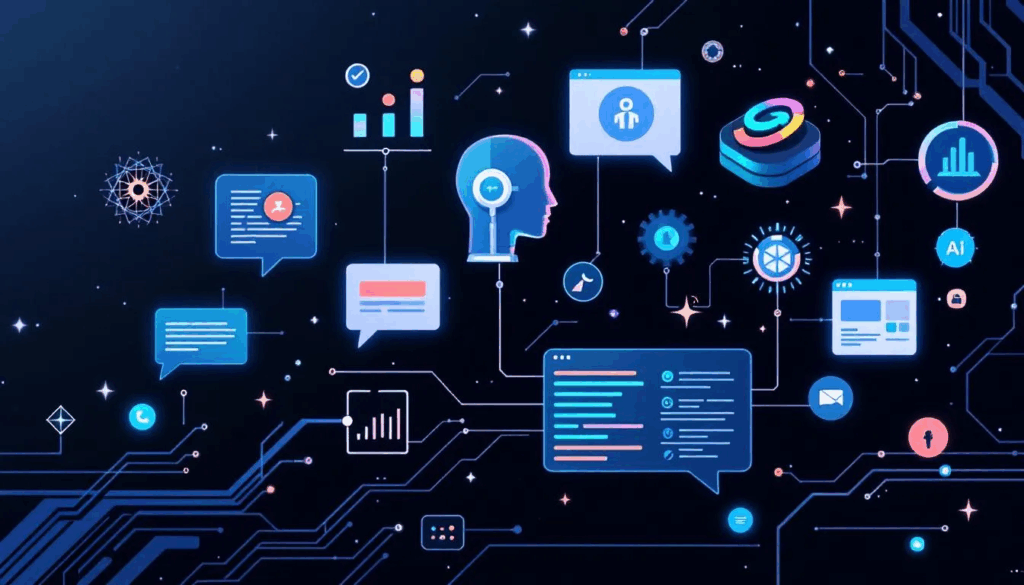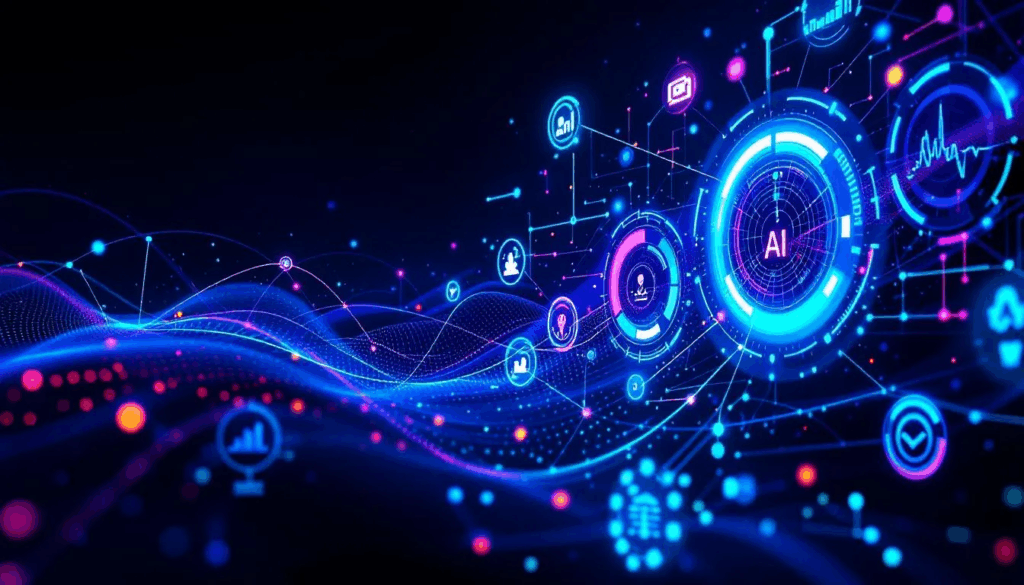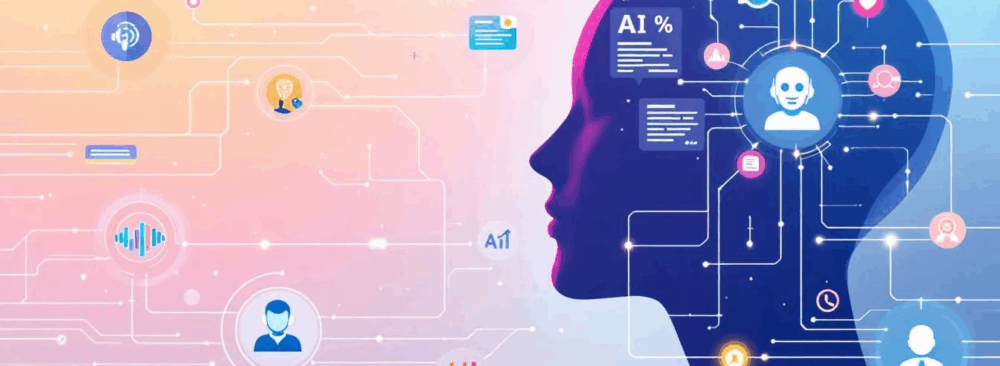Natural Language Processing (NLP) is a transformative branch of artificial intelligence that enables computers to interpret and respond to human language. It powers virtual assistants, enhances search engines, and supports medical data analysis. This article explores how NLP is shaping modern applications, its foundational techniques, the models behind its success, and the challenges and innovations driving it forward.
Understanding NLP’s Core Functions
NLP merges linguistics with machine learning and deep learning to help machines interact with humans in a natural, intuitive way. Key tasks include text classification, which enables systems to assign labels to data, such as identifying spam emails. Question answering allows systems to retrieve specific information, while dialogue systems form the backbone of virtual assistants like Siri and Alexa, handling back-and-forth exchanges with users.
Its impact is visible in everyday tools—search engines interpret user intent to deliver relevant results, and customer service bots resolve common inquiries instantly. In healthcare, NLP assists with medical record transcription and supports diagnostics through pattern recognition in patient data. These real-world integrations illustrate how NLP improves productivity, decision-making, and user experience across sectors.
Techniques Driving Language Understanding
Text classification, sentiment analysis, named entity recognition (NER), and part-of-speech tagging are foundational to NLP. These techniques help systems organize text, identify emotional tone, detect important entities like names and dates, and understand grammatical roles. More advanced processing relies on semantic analysis, enabling systems to derive meaning from context and resolve ambiguity in language—crucial when interpreting words with multiple meanings.
Together, these methods allow machines not just to process language, but to understand it in a way that supports intelligent, context-aware applications.
The Rise of Transformer-Based Models

Recent progress in NLP is driven by deep learning models built on the transformer architecture. BERT, GPT-3, and T5 exemplify this shift. BERT reads text bidirectionally, improving contextual comprehension for tasks like classification and question answering. GPT-3, known for generating human-like responses, is widely used in content creation, summarization, and translation. T5 generalizes tasks into a text-to-text format, simplifying model training and application.
These models have pushed the boundaries of what NLP can do. By pre-training on massive datasets and fine-tuning for specific tasks, they enable applications from customer support to healthcare data analysis. Their adaptability and performance have made them foundational across industries.
Real-World Applications

NLP is driving efficiency and innovation in multiple fields. In healthcare, it streamlines clinical documentation and surfaces actionable insights from patient histories. Financial services use NLP for fraud detection, risk analysis, and automating claims processing. In legal contexts, NLP accelerates contract review and improves accuracy in identifying critical clauses.
Customer service has been transformed by chatbots that respond quickly and accurately to user questions. Marketing teams use NLP to analyze sentiment in social media and product reviews, helping shape campaigns and brand strategies. Across all these areas, NLP is enabling automation, insight, and user-centric design.
Making Human-Machine Interaction More Natural
Conversational systems now rely on NLP to interpret intent, extract key information, and respond with contextual awareness. This enables systems to understand commands phrased in various ways, maintain conversation flow, and adapt to individual users. From setting reminders to answering complex queries, NLP is making interactions with machines more seamless and intuitive.
As virtual assistants, voice-controlled devices, and chat-based interfaces continue to evolve, NLP ensures they remain responsive and personalized—turning data into meaningful dialogue.
Addressing Ethical and Technical Challenges
Despite its benefits, NLP presents ethical concerns. Bias in training data can lead to discriminatory outputs, especially in sensitive domains like healthcare and recruitment. Developers must prioritize data sanitization, fairness audits, and explainability to ensure transparency and trust. Protecting user privacy is also critical, as NLP systems often handle personal and sensitive information.
Technically, challenges include ambiguity in language, support for multiple languages, and the high computational demands of large models. Achieving real-time performance while maintaining accuracy requires model optimization and continued innovation.
Future Directions

Emerging trends suggest NLP will become even more powerful and integrated into daily life. Multimodal NLP combines language with images, audio, and video for richer interaction. Explainable AI is gaining traction, ensuring model outputs can be interpreted and justified. Meanwhile, edge NLP—processing language locally on devices—is improving speed and privacy, especially in IoT applications.
These advances promise a future where NLP is not only more capable but also more transparent, ethical, and ubiquitous.
Getting Started with NLP
For newcomers, building a foundation in Python, math, and basic machine learning is key. Starting with simple projects like sentiment analysis or spam detection can offer hands-on experience. As you progress, tools like TensorFlow and PyTorch enable the creation of advanced models. Staying connected to the research community—through papers, forums, and collaboration—fosters deeper learning and innovation.



